Identifying House Plant Overwatering vs Underwatering
Watering can seem to be the trickiest part of your house plant care routine. Deciding when and how much can seem a mystery. In this Plantify University article, we outline a simple guide to help identify if your plants need more or less water... and how to find the perfect balance between these two extremes.

4 SIGNS YOU ARE OVERWATERING
Overwatering is the most common cause of houseplant demise. This is often caused by giving your plants daily drinks of water, or just watering too frequently for the plant type, size and season.
Overwatering can also be caused by insufficient drainage (bad soil or potting your plant into a pot with no drainage hole). Here are the key signs that indicate that your plant is overwatered:
- Yellowing leaves or leaf drop: This is the most common sign, especially if new growth immediately turns yellow and falls from your plant.
- Browning, wilting foliage: This symptom is often associated with underwatering, but can in fact also be caused by overwatering. In this instance, the wet potting medium leads to root damage and rot. Once roots are damaged, the plant is no longer able to drink enough water, which effectively dehydrates it, leading to brown soft foliage and wilting. Be sure to check the roots and soil medium, and cut back any rotted root to encourage new growth. Read more on underwatering below.
- Mould or fungal growth on the soil: When the potting medium stays wet and soggy for prolonged periods of time, natural bacteria move in on the top of the soil to begin breaking down the organic materials. This is a natural, albeit unsightly, sign of overwatering. Whilst the mould on the surface shouldn't be harmful to the plant, it is probably best to remove it by gently scraping off the top layer of soil.
- Pests: Fruit Flies or Fungus Gnats are the most common pest that result from overwatering. Poke your soil and if a crowd of small flies zoom out, then you definitely have a Fungus Gnats issue. As Fungus Gnats need damp conditions to thrive, overwatering leads to your soil never drying out which invites these tiny pests to move into your soil. Deal with Fungus Gnats by allowing the soil to dry out enough so that the pests can't thrive anymore, you can also remove the top layer of soil (where the eggs and bugs hang out) and discard. For bad infestations we suggest using Pyrol (an organic pesticide) to eradicate the pests.

If you suspect you have overwatered any (or all) of your plants - don't stress out! This happens, don’t worry - plant parenthood is a journey.
We suggest stepping back and allowing your plants to dry out at least 75% of the way and readjusting your watering schedules. Always take into consideration the season and type of plant when adjusting your watering schedule. Most indoor plants need regular watering approximately once a week in summer and every two weeks in winter (succulents and other water storing plants excluded), BUT it is best to check the wetness/dryness of your potting medium before watering.
Consider investing in a Moisture Meter to get accurate readings of the moisture level of the potting medium and check out our Summer Watering Guide, our Winter Tips (we’ll write an in-depth guide later this year) and our Guide to Watering Your Plants. You can also look up your plants on our Website or in our plant care section to find out more about their care and water needs.
4 SIGNS YOU ARE UNDERWATERING
Underwatering is caused by 3 possible factors: not watering at all; not giving your houseplants enough to drink when watering; or watering incorrectly in relation to the environment that the indoor plant is placed in (warmth, light etc). Luckily the adage “It is easier to save an underwatered plant compared to an overwatered plant" is true - but don't starve your plant babies either. Here are the signs that you are underwatering house plants:
- Wilting or Curling leaves: Plants need water to keep their structure intact and, as they lose water, they become limp or less structured resulting in wilting and leaf curl. These symptoms can also be caused by overwatering, so be sure to check your watering schedule and average soil moisture before making the call between over or under-watering.
- Browning or crisping foliage: Crisp edges on foliage can be a sign of low humidity, however, it is best to check the soil should you find larger part of the leaf browning / crisping. If your soil is often very dry (and your plant is very light when you lift it up) you may be consistently underwatering your plant which will lead to lacklustre plant colouring and eventual death. Give your plant a drink!
- Soil pulling away from the side of the planter: Soil that has pulled away from the edges is an easily identifiable sign of a plant that needs water, and as above, if you often or always find your soil in this position you may be guilty of underwatering. Lack of moisture in the soil results in reduced volume (soil and water) in the pot, thus causing the soil to pull away from the sides of your pot. NOTE: Not all soil binds together and looser mixes will simply fall into the spaces created and you will be left with a pot plant with soil that has seemed to ‘disappear’. A crisp top layer can also accompany dry soil. As before, if this is happening on a regular basis, you run the risk of depriving your plant of sufficient water.
- Pests: As with overwatering, pests are an indication that there is something not quite right with your houseplants. If you identify pests such as Spider Mite, which thrive in dry, warm conditions, Mealy Bug (especially on moisture-loving plants like Calatheas or Alocasias) then this may be an indication that you are not watering sufficiently. Learn more on How to Identify House Plant Pests here. To deal with the pests make sure you are watering your plant correctly and then we suggest using Pyrol (an organic pesticide) to eradicate the pests.

A very effective antidote to prolonged or drastic underwatering is placing the plant pot in a bucket or sink of water (let it sit in a puddle of water a few centimetres deep) and allow it to soak for 20 minutes or until the soil is sufficiently saturated. After this deep drink, readjust your watering schedule to ensure that you are not under or over-watering your plant going forwards.
IN SUMMARY
When it comes to watering your houseplants, finding a routine that works for you, your plants and your environment is of utmost importance. Watering is about balance, a dance between yourself and your plants in its environment.
We encourage you to take the time to notice what your plants need and how they respond. In this way you will start to learn what your plant is trying to communicate.
Happy Plant Parenting!




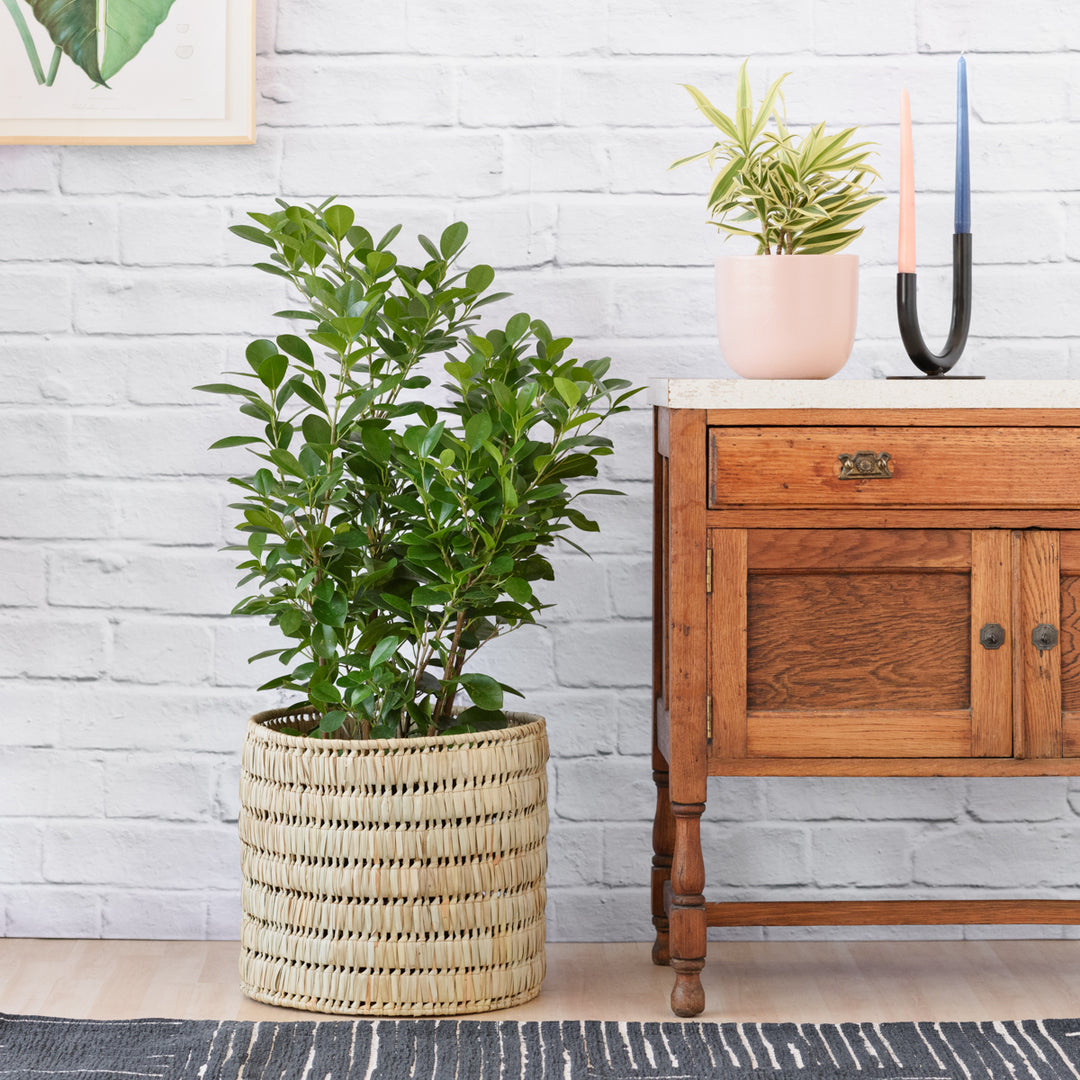
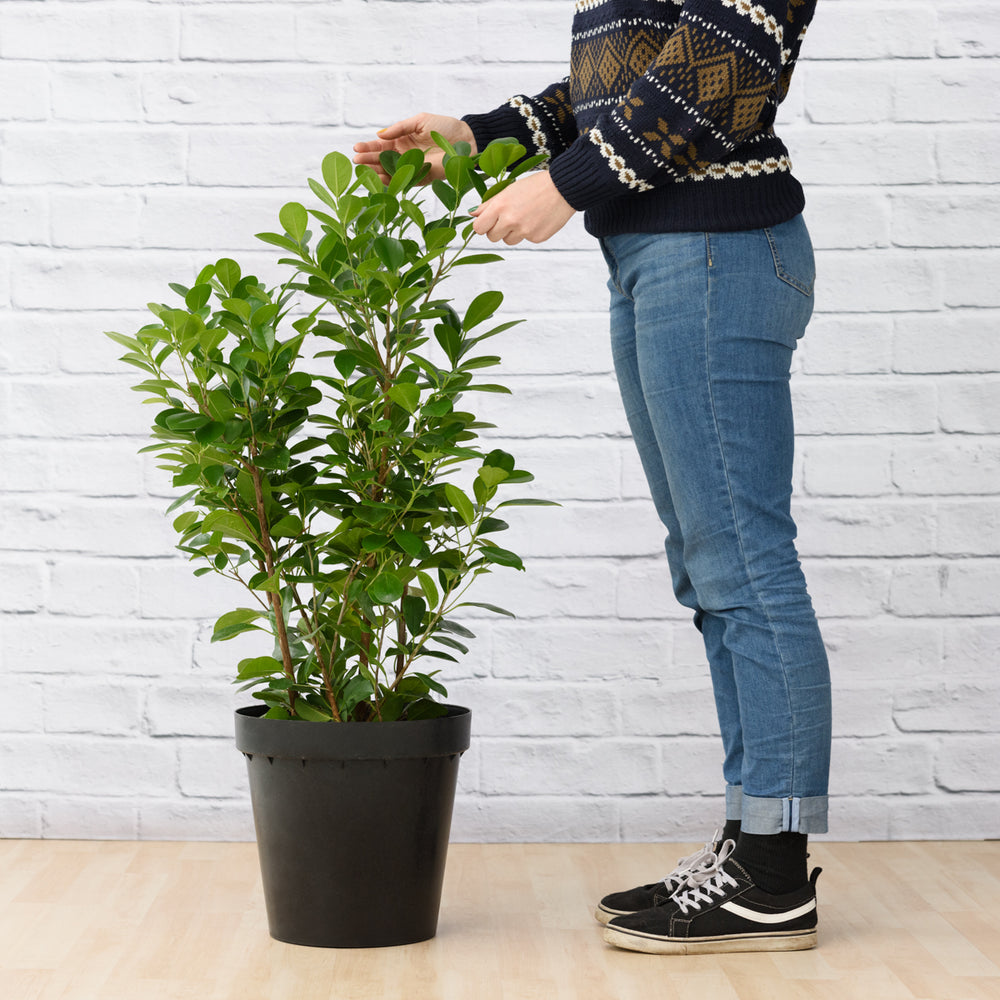

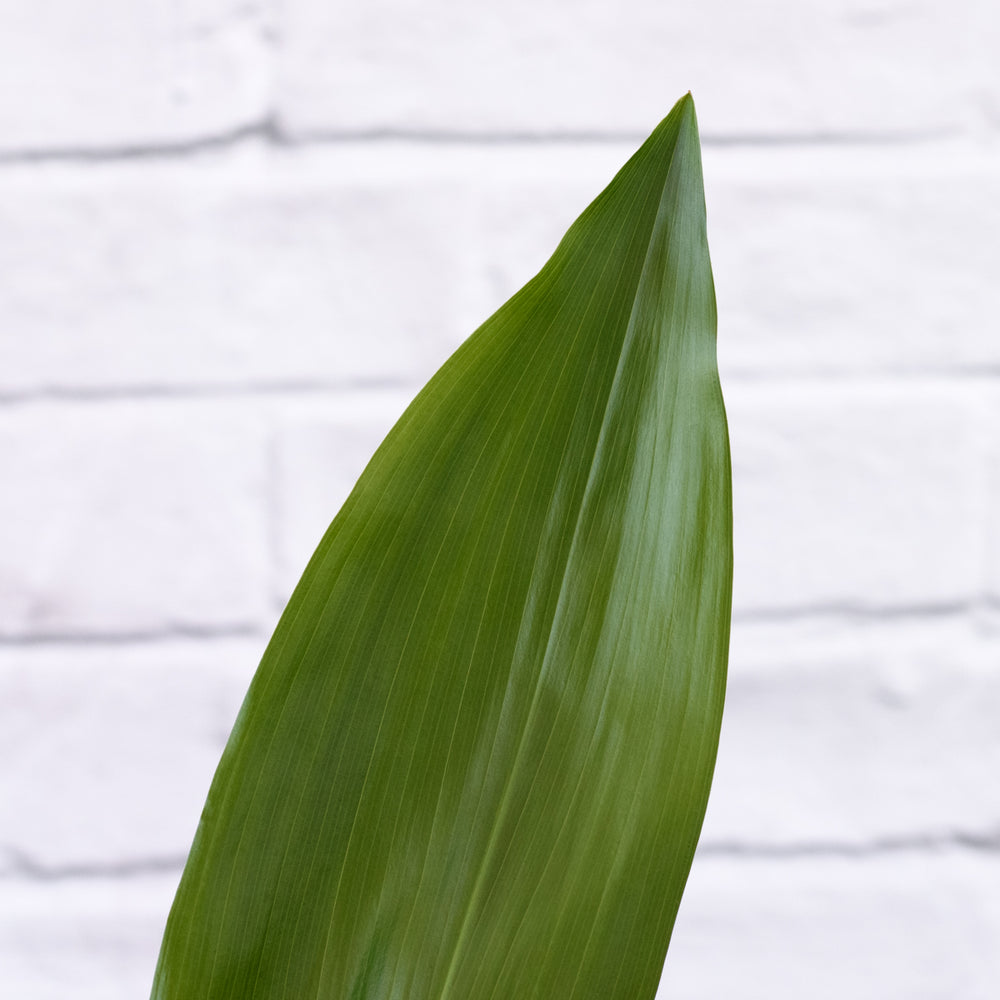
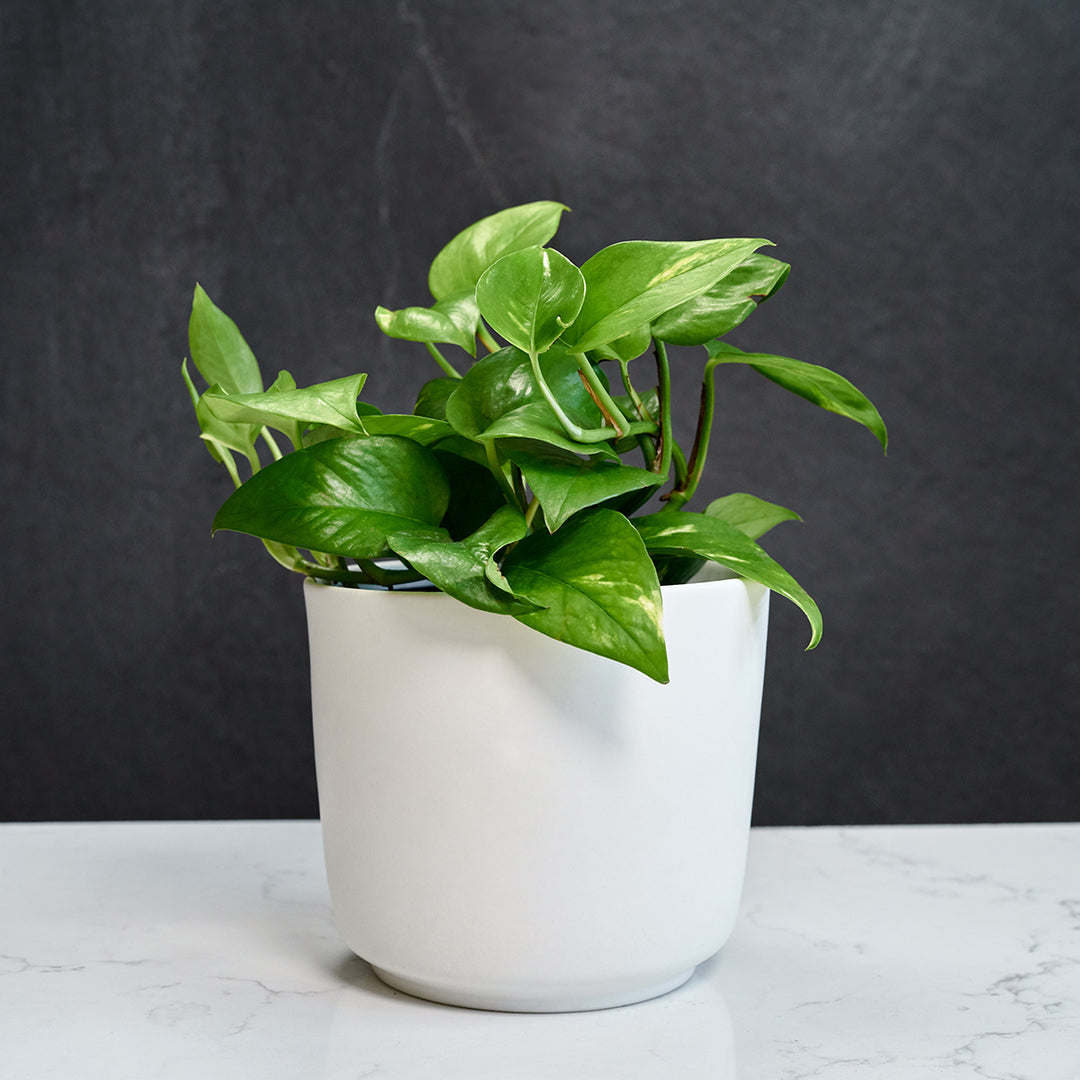
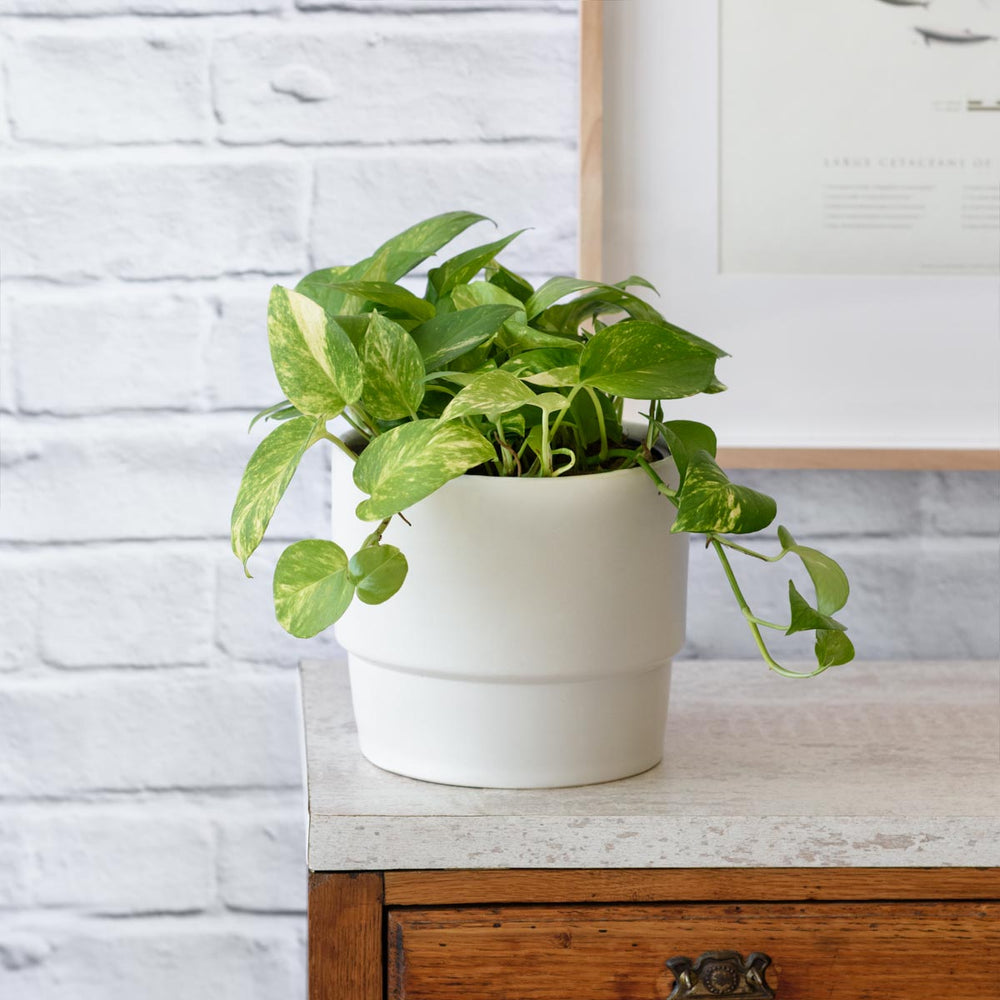

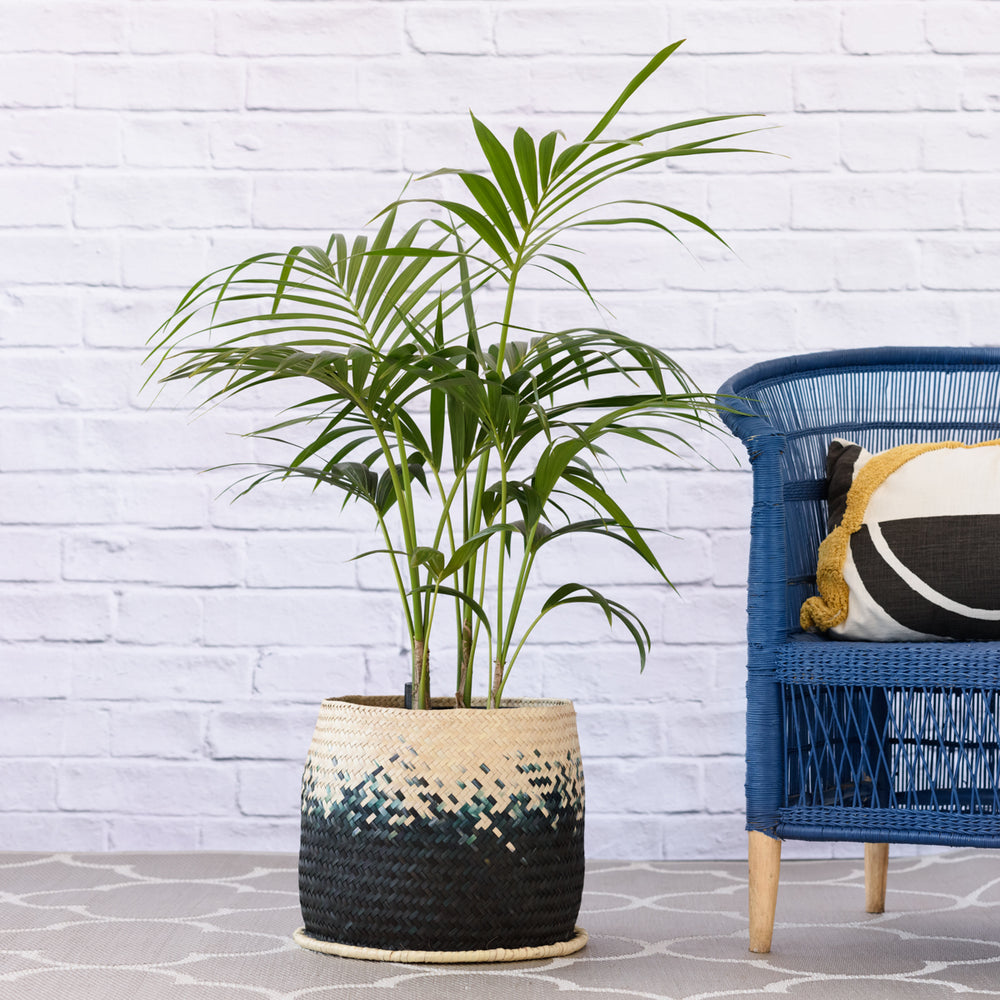

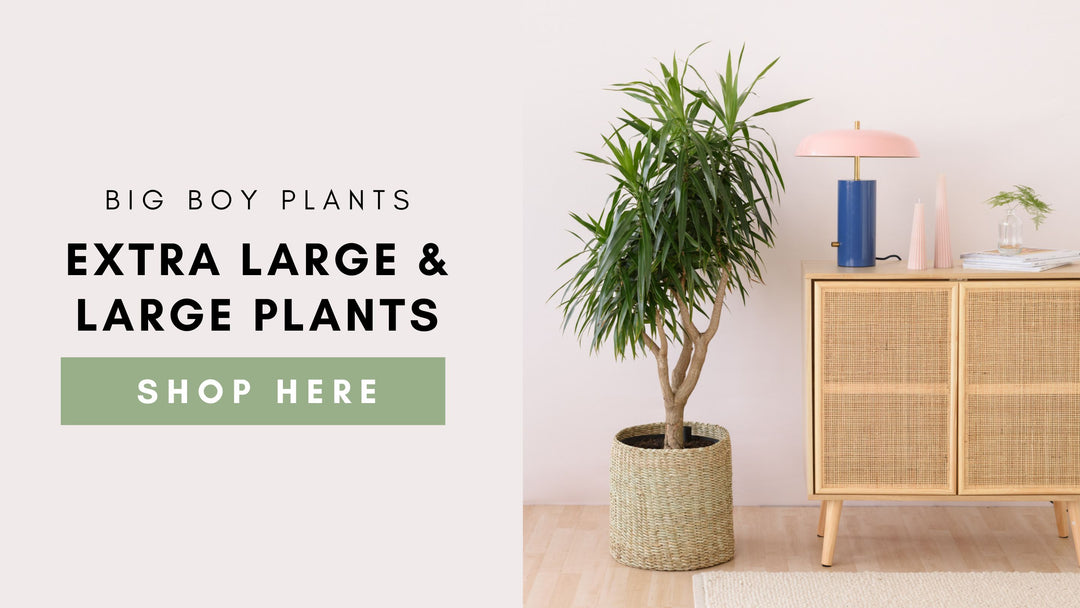
Watering my compound plants has been a very big challenge to me especially when it comes to spinach & tomatoes please keep me informed
Leave a comment